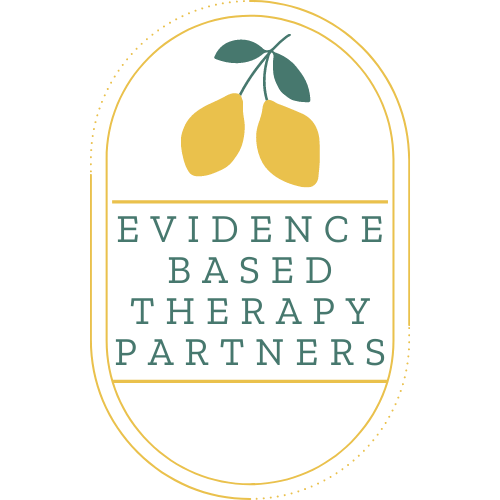Dialectiwhat?: Keeping it Shiny
It’s no secret to anyone who knows me that I am prone to anger. Yes, anger. Perhaps not the yelling, screaming, throwing, violent anger you are envisioning, but rather “what the crap,” “why the hell…,” “you can’t be serious,” kind of anger. Low level anger (i.e. frustration) is often activating. It cues me to stand up for myself or ask for what I want. It activates me to advocate for myself and others, and motivates me to fight obstacles to my goals when they present themselves. It is not, however, without cost. Unfortunately, we don’t get to choose the level of emotion that shows up in our bodies. When emotion is intense, it can feel impossible not to act on it. And this makes sense, right? If one of the functions of emotion is preparing us for action, then my brain and body are doing exactly what they are supposed to. This means that unless I have the ability to change my anger, I am at risk for acting on it in ways that are not adaptive. I am likely to snap at my spouse, yell at my kids, or at the very least get stuck in what I call the “stompy stomp.” The stompy stomp is what happens when we “white knuckle” anger, trying not to create a conflict. My version is quite charming – a collection of loud sighs, slightly firmer drawer closings, sarcasm tipping from humorous to insulting, and covert eye rolls. While I’m certainly not proud of these behaviors, they make sense to me. Unless I actually eliminate the anger or significantly reduce it, I don’t stand a chance against my biological drive to act on it. So how do we change emotion?
Opposite to emotion action taps into the connection between our behavior and our brain. Researchers have determined that by acting in ways that are inconsistent with the natural emotional expression, the emotion will diffuse. And trust me, it works. If you have ever been mid-argument with someone and had to shut it down because someone else entered the room, you know what I mean. I call it “keeping it shiny.” It’s the skill most of us would use if we got in an argument with our spouse on the way to dinner with another couple. It’s as if you are forced to hold the perspective of the entire relationship rather than the past 20 minutes. You may find it useful to talk more to the other couple rather than engage so much with your spouse. Or you may just keep the topics far away from anything that would breed more conflict. You may have to put more energy in at first, but by the end of the night you may have forgotten why you were fighting in the first place. At the very least, you would have to work pretty hard to bring back all that anger.
So, next time you feel angry try following these steps:
Label the emotion
Ask yourself “if I act on this will it serve me?”
If not, act opposite to your emotion. Keep it Shiny!!
-Dr. Julie Orris

